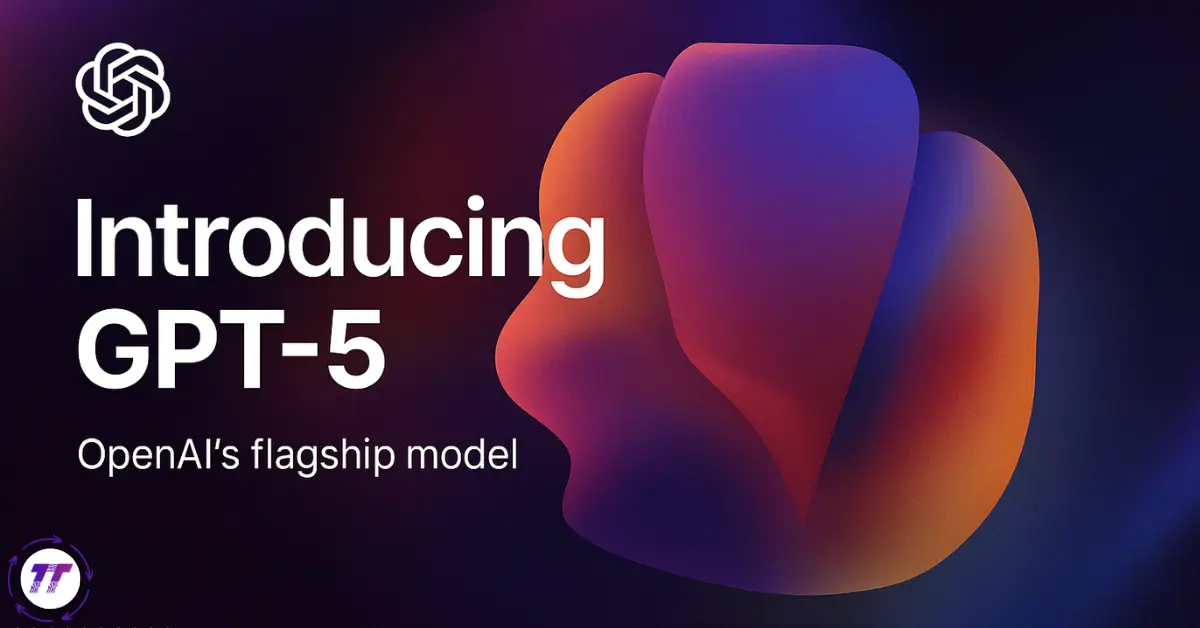If you’ve been curious about the latest advancements in AI conversation tools, you’ve probably heard about ChatGPT-5. It’s the next evolution of OpenAI’s conversational AI, designed to provide smarter, faster, and more context-aware responses. But as exciting as it is, many new users quickly bump into something they didn’t expect — Conversation Limits.
Whether you’re using ChatGPT-5 for business tasks, creative writing, coding help, or just brainstorming, understanding both the capabilities of the model and how to work within its usage boundaries can make a huge difference in your experience.
What Makes ChatGPT-5 Special?
1. A Leap in Understanding and Context
ChatGPT-5 isn’t just a slightly smarter version of its predecessors — it’s a significant leap forward. It can maintain longer, more nuanced conversations without losing track of earlier details. For example, if you’re discussing a project brief over multiple messages, ChatGPT-5 can recall specifics from several exchanges ago, making your workflow smoother.
2. Better Multimodal Capabilities
Unlike earlier models that primarily worked with text, ChatGPT-5 is more adept at handling images, structured data, and even certain interactive tasks. Imagine discussing a product design and actually getting visual suggestions in the same conversation.
3. Improved Tone and Personalization
One of the most impressive aspects of ChatGPT-5 is its adaptability in tone. Whether you need formal business correspondence, casual social media captions, or technical explanations, it can shift styles naturally.
Understanding Conversation Limits
1. What Are Conversation Limits?
Conversation Limits refer to the maximum number of messages, tokens, or context length that ChatGPT-5 can process within a given session or time frame. They exist for two main reasons:
- Performance – Ensuring the AI runs efficiently for everyone.
- Cost Management – Reducing server load and operational expenses.
Think of it like your mobile data plan. You can use it freely within your allowance, but there’s a cap to keep things manageable.
2. Why Do They Matter?
If you’re halfway through a deep discussion with ChatGPT-5 and suddenly hit a limit, you might have to start a new conversation — which could mean losing context. This can be frustrating if you’re working on complex projects.
Practical Tips to Manage Conversation Limits
1. Plan Your Queries Ahead
Before you start typing, outline your main questions or tasks. This way, you can get the most out of each message instead of sending multiple small, scattered prompts.
Example:
Instead of sending five separate messages like:
- “What’s a good email subject line for a marketing campaign?”
- “Can you make it sound more exciting?”
- “What about one for a younger audience?”
Send one well-structured prompt:
“Give me five catchy email subject lines for a marketing campaign, and then adapt them for a younger audience.”
This reduces token usage and keeps your Conversation Limits in check.
2. Summarize Instead of Repeating
If you have to restart a conversation, summarize the key points for ChatGPT-5 in the first message. This helps it pick up where you left off without wasting multiple messages re-explaining the situation.
3. Use Systematic Follow-Ups
When you need more information, refer back to your previous question in shorthand rather than restating it in full.
Example:
“Based on the marketing ideas we discussed, can you now create social media captions?”
When to Upgrade or Optimize
1. Considering a Paid Plan
If you often bump into Conversation Limits, a premium ChatGPT-5 subscription (if available in your region) can provide higher limits or faster access. For professionals, the increased productivity can justify the cost.
2. Using External Tools for Long Projects
For tasks like novel writing or data analysis, consider combining ChatGPT-5 with external note-taking or project management tools. This way, you keep your own record of the conversation and feed it back in small chunks when needed.
Common Misunderstandings About Conversation Limits
1. “Limits Mean It’s Not Powerful Enough”
Not true. Conversation Limits aren’t a sign of weakness; they’re a balancing act between performance and accessibility. ChatGPT-5 is capable of incredibly deep reasoning — but those abilities are still bound by computational resources.
2. “If I Hit the Limit, My Work Is Lost”
While you can’t extend a single session beyond the cap, you can preserve your progress by saving important outputs externally. Many users keep a running document with ChatGPT-5’s best responses for easy reference.
Real-World Example: Managing Limits in a Coding Project
Imagine you’re using ChatGPT-5 to debug a complex Python script. You start by pasting the full code and asking for an error analysis. If you try to discuss every possible fix line-by-line in one conversation, you might hit the limit.
Instead:
- Break the task into sections (e.g., first handle syntax issues, then optimize performance).
- Save ChatGPT-5’s feedback after each stage.
- Start a new conversation for each phase, summarizing the last step’s results.
This method keeps you within Conversation Limits while still benefiting from the AI’s depth.
Making the Most of ChatGPT-5
Here’s a quick checklist for optimizing your usage:
- Batch Your Questions: Group related questions together.
- Keep a Session Log: Copy and paste key answers into a doc.
- Use Summaries: Restarting? Give ChatGPT-5 a condensed recap.
- Be Clear and Specific: Vague prompts waste tokens and limits.
- Know Your Plan: If you’re on a free tier, save heavy work for premium access times.
The Future of ChatGPT-5 and Limits
As AI technology advances, we can expect Conversation Limits to become more flexible. Developers may introduce smarter memory features, allowing ChatGPT-5 to “remember” conversations across sessions without eating into your limits.
Some speculate that future versions might allow dynamic scaling — where your limit expands automatically based on your task type or subscription level.
Final Thoughts
ChatGPT-5 is more than just a chatbot; it’s a versatile digital partner capable of handling creative, technical, and strategic work. While Conversation Limits might feel restrictive at first, they’re manageable once you understand how they work and apply practical strategies.
By batching questions, summarizing effectively, and leveraging external tools, you can unlock ChatGPT-5’s full potential without constantly running into usage caps. Treat it like a valuable collaborator — respect the boundaries, and it will deliver outstanding results.
So next time you fire up ChatGPT-5, remember: your creativity is limitless, even if your session isn’t.


